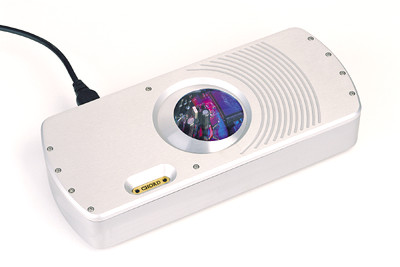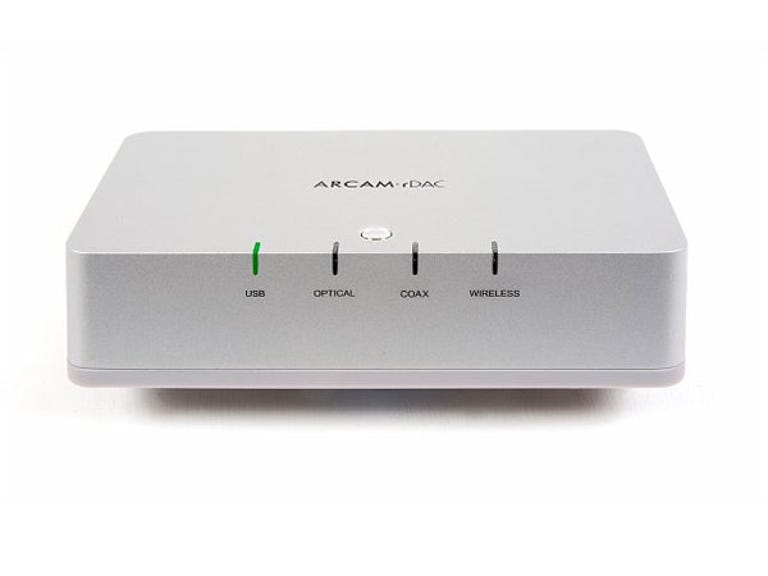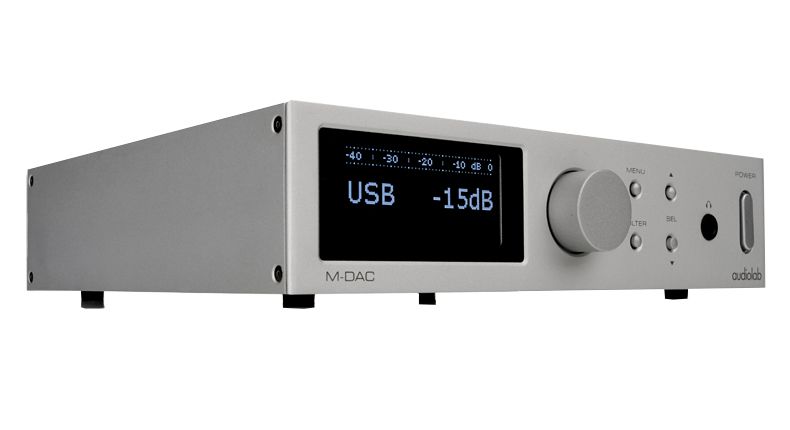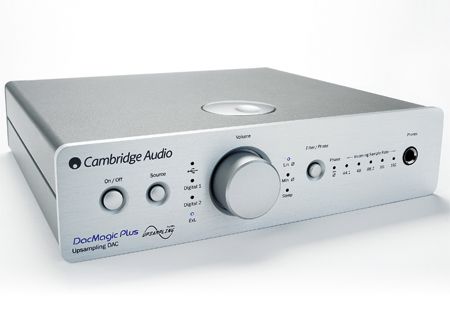This was a hit when it debuted at the 2001 Consumer Electronics Show in Las Vegas. It wasn’t simply the company’s first digital-to-analogue converter; it was also the result of Rob Watts and John Franks meeting by coincidence. The former is a talented audio engineer who began his career at Deltec Precision Engineering, while the latter founded Chord Electronics. It was a stunning blend of Watts circuitry and Franks industrial design and manufacturing.
The DAC64 stood out in a sea of black boxes made of pressed steel. It looked like it was carved out of a billet of aluminium, and it had a completely unique – for a DAC – lens through which you could see the Chord’s crown jewels, its powerful Xilinx Field Programmable Gate Arrays. The DAC64 employed Rob Watts’ own digital filtering code loaded onto the FPGA instead of buying DAC and/or digital filter chips from outside silicon manufacturers like Wolfson, Burr Brown, or Philips.
Different coloured LEDs light up inside the window to indicate status and sampling frequency. When the power is turned on, the blue LEDs light up, and the purple LEDs light up, indicating that the unit has locked on to a digital signal. Yellow LEDs glow when either of the RAM buffers is selected. The gadget is enjoyable to use and offers a unique experience when compared to traditional DACs. Three digital inputs are selected through a small toggle on the back panel: TOSLINK optical, coaxial, and AES/EBU on an XLR – no USB, of course, which puts it out of date. A second toggle switch allows you to choose between two RAM buffer settings, or off, as well as RCA unbalanced and XLR balanced outputs.
The Pulse Array digital conversion chip uses seventh-order noise-shaping with 64-bit precision, as its name suggests, and the converter has a 64-bit internal design. This means that noise-shaping and filtering calculations are done with exceptional precision, resulting in little digital noise. The RAM buffer is essentially a very big first-in, first-out stack with the goal of reducing jitter. The DAC64 also includes the world’s first Watts Transient Aligned digital filter, which is designed to reduce timing errors and has 1024 taps instead of the 256 commonly employed at the time…
“Ever since the early 1980s, when I was studying electronics at university, I saw that the interpolation filters in use at the time and now were fundamentally constrained, and had major timing problems,” Rob Watts told me. This was based on research into sampling theory, which clearly implies that an infinite tap length filter is required to accurately recreate a sampled bandwidth constrained signal. Using ordinary filters (maximum of 100 taps) would result in serious timing issues. The lost timing is restored via the interpolation filter via the WTA.”
The DAC64 was a spectacular device in its day. It not only looked different from everything else, but it also sounded strange. It possessed a melodic fluidity that I hadn’t experienced with any other DAC at the time; the sound seemed to flow like a fast-moving stream. It’s clear, consistent, open, nimble, and dexterous. When compared to top digital sources of the day, such as the Meridian 808i’s DAC section, the Chord was a revelation, sounding far more natural and exuberant. It was also a pleasantly warm performer tonally, with a sumptuously cushioned yet articulate bass end and a smooth, refined treble that appeared just a touch rolled off at the very top, similar to high end analogue. When driven by a high-end CD transport, such as an Esoteric P30 or Sony CDP-R1, bass was exceptionally fulsome and tuneful. The DAC64 also produced an instrumental timbre that I’d never heard before in a digital device.
The Chord DAC64 still sounds great today, but in a slightly ethereal and romantic sense. Following Chord DACs, which are also produced by Watts but use higher processing power, sound faster, tighter, and punchier. The ’64, on the other hand, has a lot of charm and a great musical flow. It was originally offered for just under £3,000, which was a fantastic deal at the time, and now they’re on sale for £800 or less – if you can live without USB capability, it’s still fantastic value for money.







